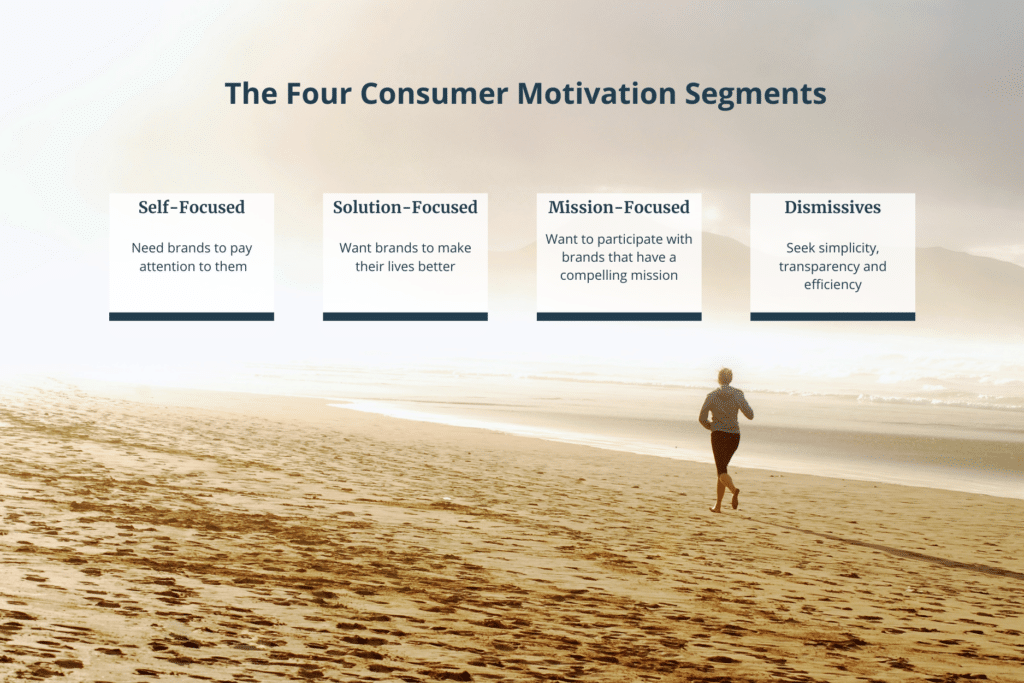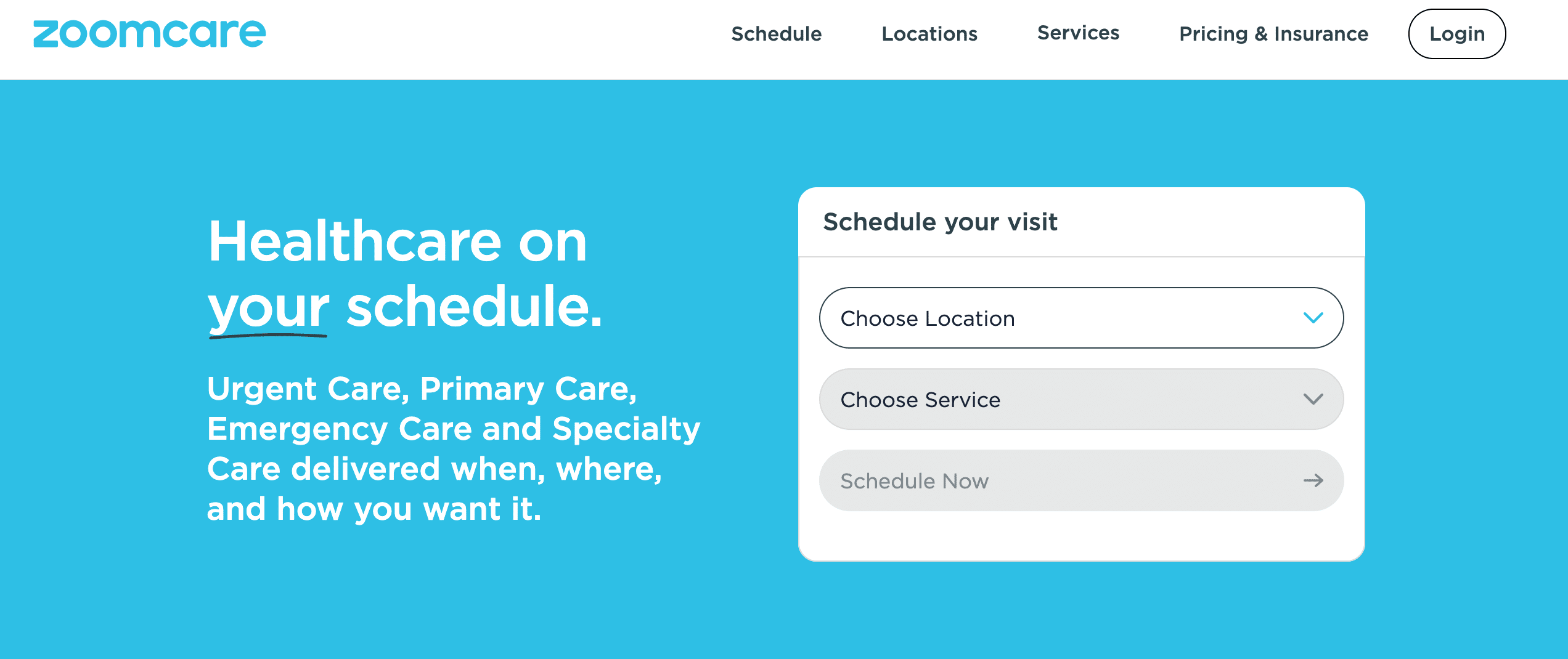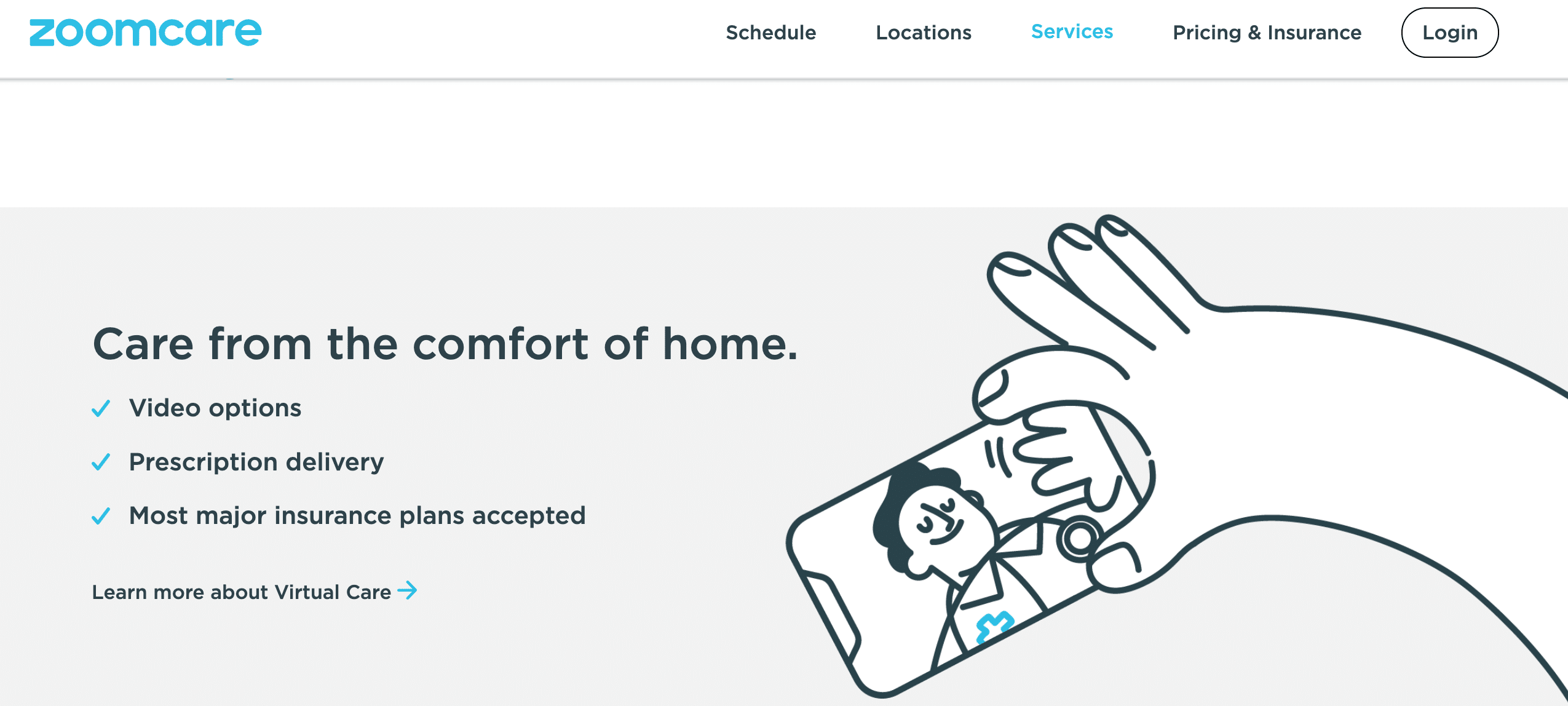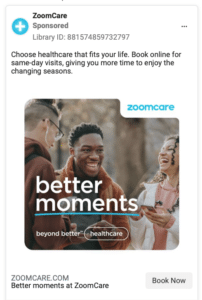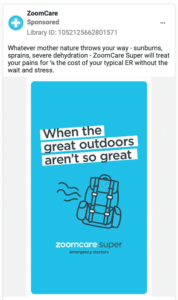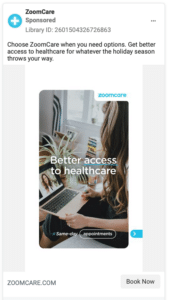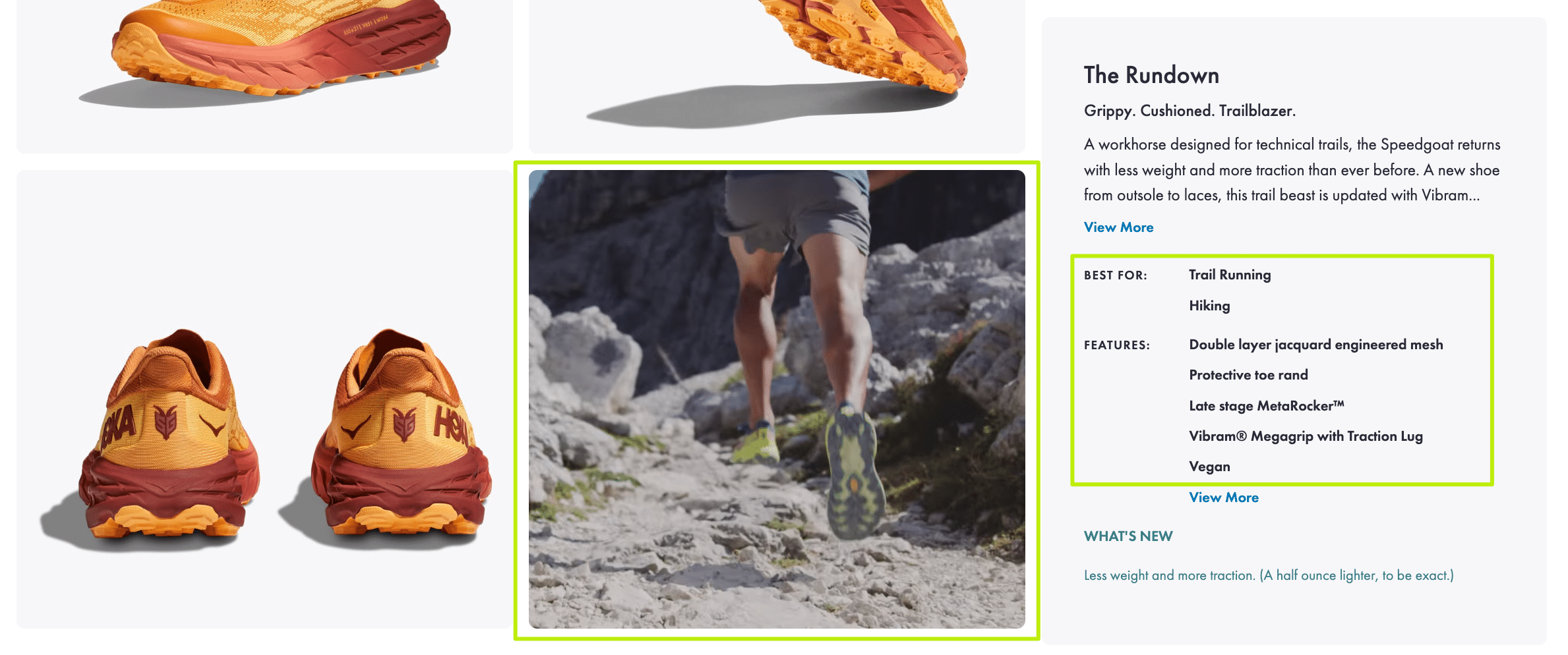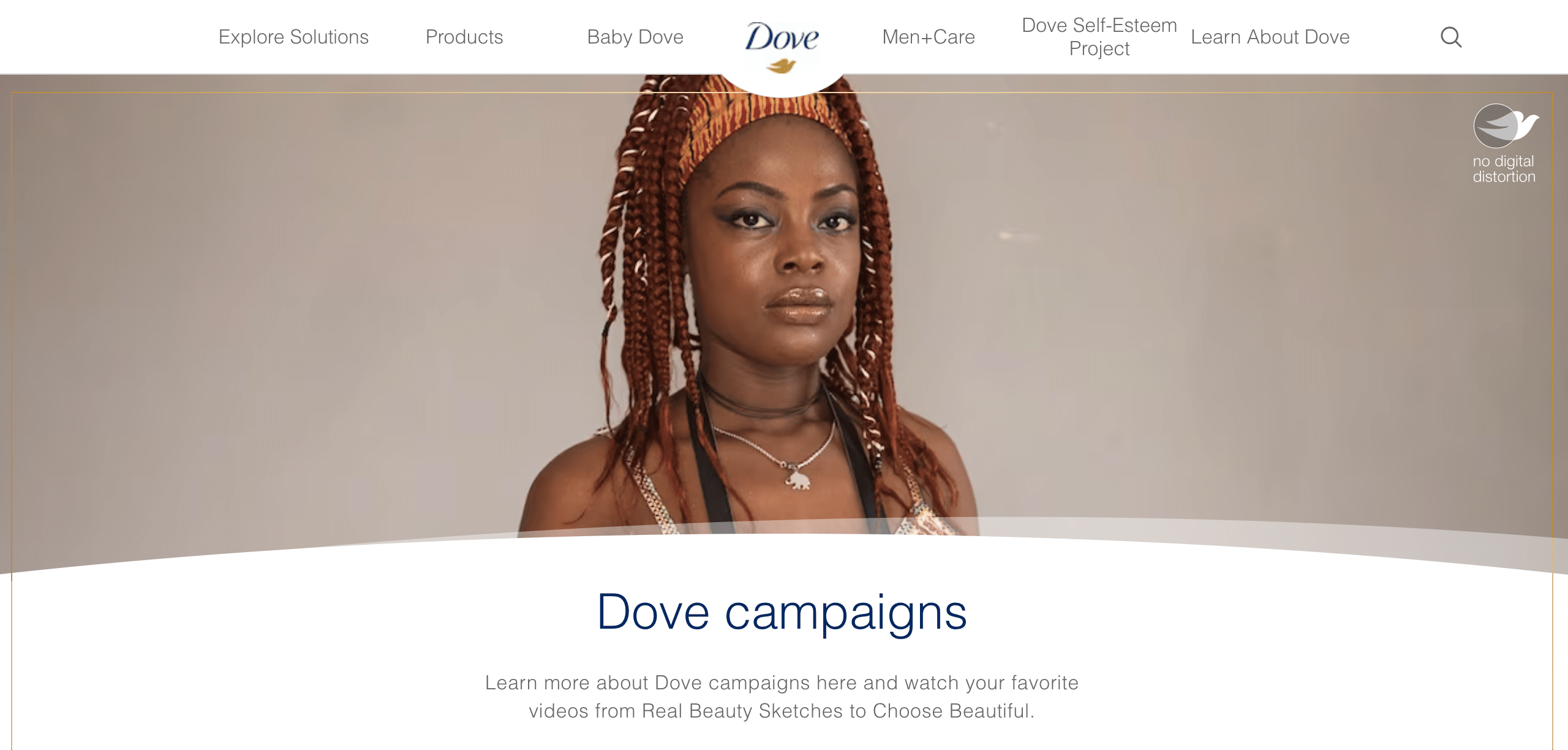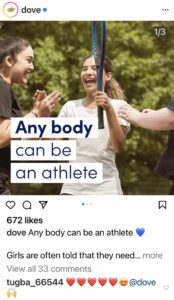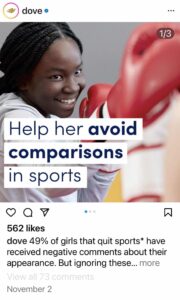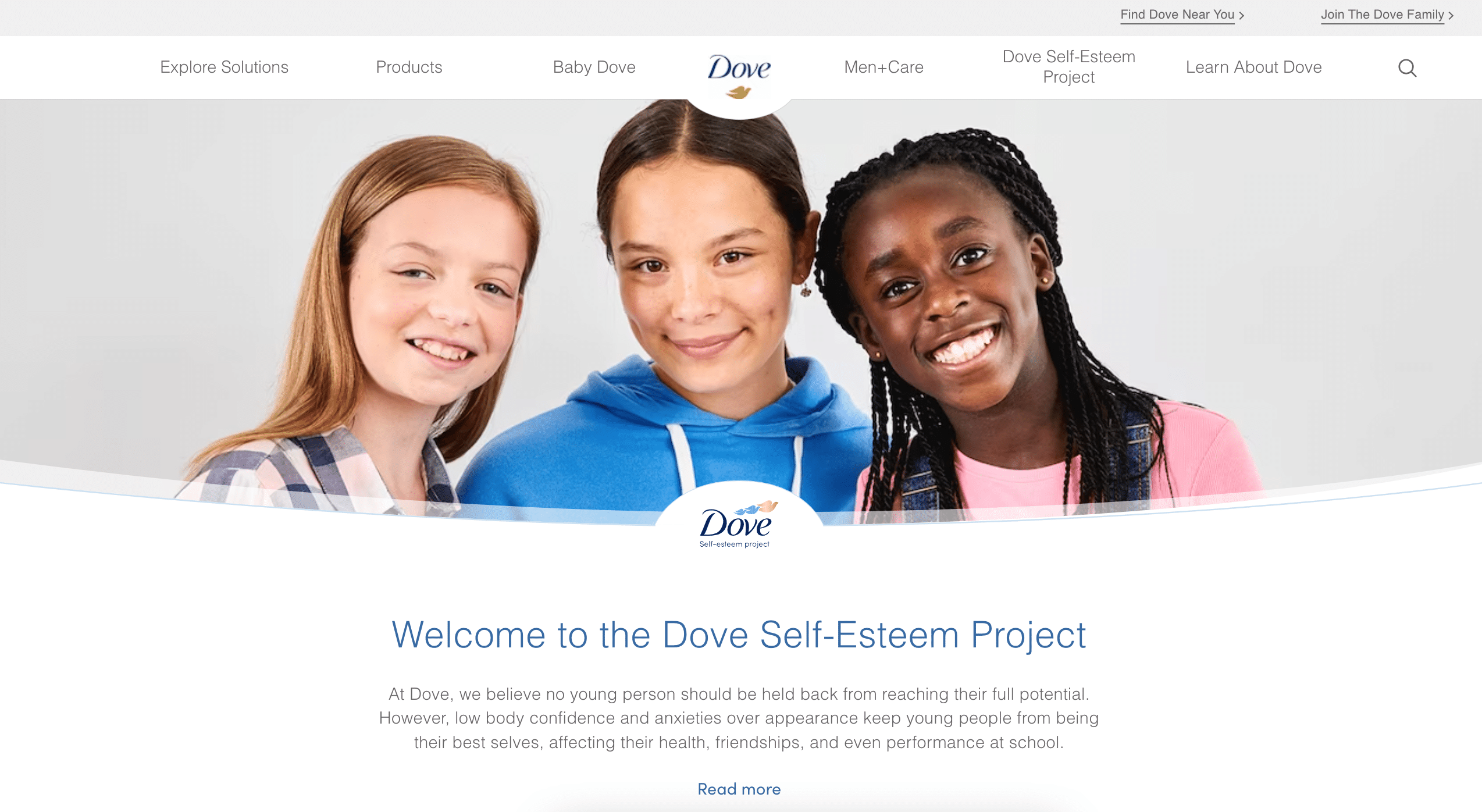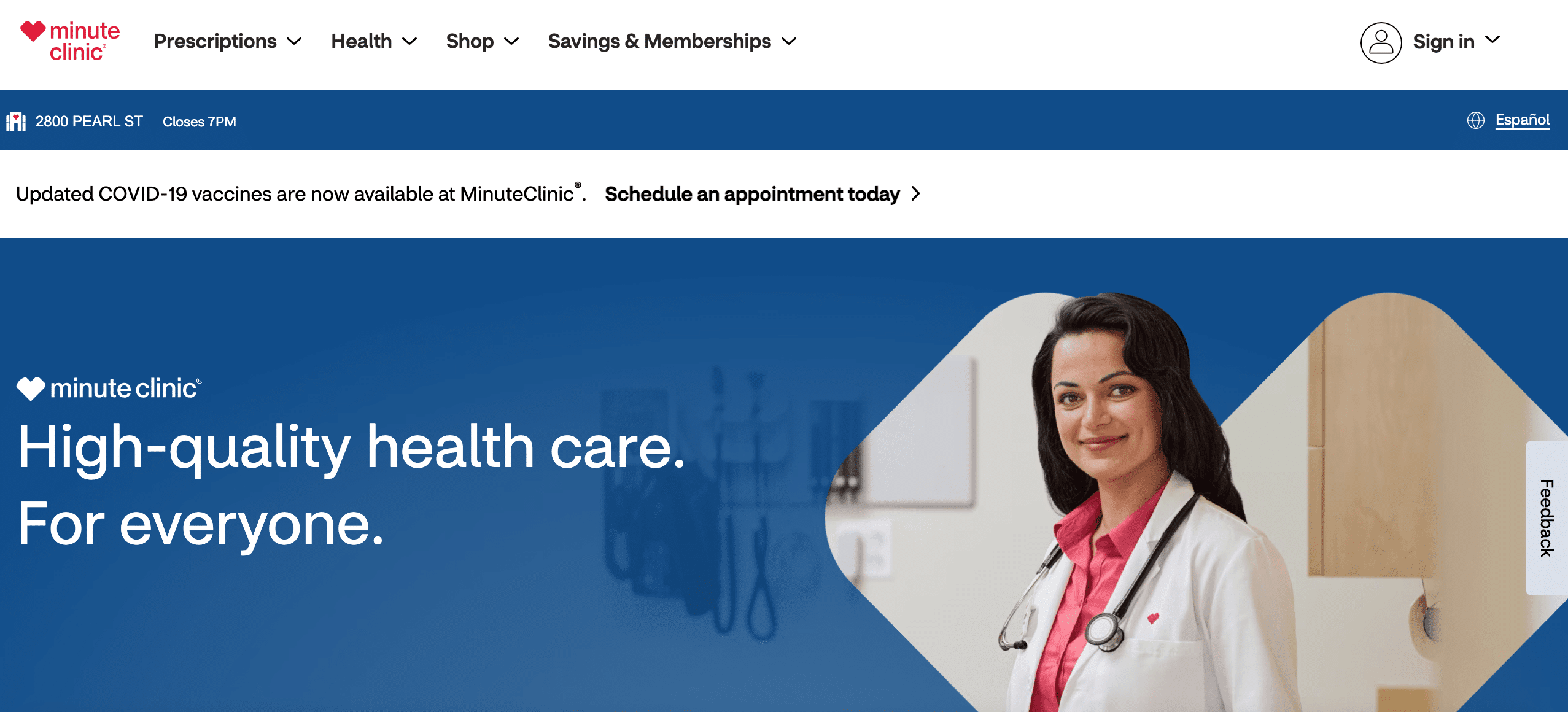Decoding Consumer Motivation Segments in Health & Wellness Marketing
In the dynamic world of health and wellness, understanding consumer motivation is crucial for brands aiming to resonate deeply with their audience. This sector, rich in diversity and potential, requires a nuanced approach beyond traditional demographics. Parallel Path’s seminal Consumer Motivation Study: Health & Wellness Reimagined – A Guide for Brands to Create Stronger Connections, we reveal the unique motivations and preferences that define them. From personalized attention seekers to those aligned with brand missions, this exploration offers strategic insights for impactful engagement and lasting brand loyalty.
Understanding the Four Consumer Segments
The four primary consumer segments identified in the Consumer Motivation Study are: Self-Focused, Solution-Focused, Mission-Focused, and Dismissives. As we navigate through each of these categories, we’ll uncover their unique characteristics and how these insights can be leveraged for more effective brand engagement. This approach to audience identification and targeting is essential for any health and wellness brand seeking to build meaningful connections and foster customer loyalty.
The Self-Focused Consumer: Personalization as a Priority
The Self-focused consumers represent a significant segment of the health and wellness market, comprising 29% of the surveyed audience. They place high value on personalized experiences and expect brands to understand their unique needs and preferences. This group is drawn to customized solutions and values recognition and rewards that reflect their individual choices. Engaging these consumers requires a tailored approach, utilizing data-driven insights to deliver personalized messages and offerings that resonate on a personal level.
CASE STUDY: SELF-FOCUSED || ZOOMCARE
ZoomCare, known for its on-demand healthcare services, employs marketing strategies and messaging that appeal to Self-Focused consumers who prioritize personalization and convenience. Here are some examples of how ZoomCare’s marketing and advertising strategies align with the preferences of Self-Focused consumers:
-
- Emphasizing Personalization, Convenience, and Accessibility: ZoomCare’s marketing heavily focuses on the ease and convenience of accessing healthcare services. Their use of phrases like “on your schedule” and “Choose Location” in their advertising caters to Self-Focused consumers who prioritize convenience.
- Digital Health Solutions: ZoomCare promotes its digital healthcare solutions, such as virtual visits and online appointment scheduling, in its marketing materials. This approach appeals to tech-savvy, Self-Focused consumers who prefer utilizing technology for efficient and personalized healthcare management.
- Targeted Social Media Campaigns: On platforms like Facebook and Instagram, ZoomCare runs targeted ads that showcase their services’ convenience and customization. These ads often feature real user stories or scenarios that Self-Focused consumers can relate to, such as being able to see a doctor quickly amidst a busy lifestyle.
- Healthcare Customization Options: Marketing materials often highlight the range of services ZoomCare offers, from urgent care to mental health services, emphasizing the ability for consumers to choose services that fit their individual health needs.
- Emphasizing Personalization, Convenience, and Accessibility: ZoomCare’s marketing heavily focuses on the ease and convenience of accessing healthcare services. Their use of phrases like “on your schedule” and “Choose Location” in their advertising caters to Self-Focused consumers who prioritize convenience.
These marketing strategies demonstrate ZoomCare’s understanding of the Self-Focused consumer segment, emphasizing personalization, convenience, and the use of technology to deliver a tailored healthcare experience. This approach is effective in attracting consumers who prioritize individualized and accessible healthcare solutions.
Solution-Focused Consumers: Seeking Effective Outcomes
Solution-focused consumers prioritize efficacy and results and represent 24% of the respondents in the Study. They gravitate towards brands that provide clear, tangible benefits to their health and wellness goals. For these consumers, the quality, reliability, and effectiveness of products and services are paramount. Brands can attract this segment by emphasizing product or service benefits, showcasing evidence of effectiveness, and delivering a straightforward, results-oriented customer experience.
CASE STUDY: SOLUTION-FOCUSED || HOKA
HOKA, known for its high-performance athletic footwear, employs specific marketing strategies and messaging that appeal directly to Solution-Focused consumers. These consumers prioritize product effectiveness and tangible outcomes, and HOKA’s advertising reflects this focus. Here are some examples:
-
- Product Innovation Emphasis: HOKA consistently highlights its innovative shoe designs in its marketing campaigns. This focus on the technical aspects of their shoes appeals to Solution-Focused consumers who are looking for footwear that delivers specific performance benefits.
- Testimonials and Reviews: HOKA leverages testimonials and reviews from professional athletes and everyday consumers in their marketing. By showcasing real-life examples of how their shoes have improved athletic performance or provided comfort during physical activities, HOKA’s messaging resonates with consumers seeking effective solutions for their athletic needs.
- Focus on Specific Benefits: Marketing materials often detail the specific benefits of different shoe models. For instance, some HOKA trail running shoes are advertised as being particularly beneficial for trail running, offering grip and stability, while others are designed for road running with more emphasis on speed and cushioning. This approach of tailoring messages to specific use cases and benefits aligns well with Solution-Focused consumers who are looking for products that meet their particular needs.
- Content Marketing: HOKA’s content marketing, such as blog posts and social media content, often includes tips for runners, training advice, and information on how to choose the right footwear for different activities. This educational approach positions HOKA as a knowledgeable authority in athletic footwear, which appeals to Solution-Focused consumers who value expertise and informed choices.
- How To Achieve Success Stories: Some of HOKA’s marketing campaigns include stories that demonstrate how their footwear has helped athletes achieve their goals. This storytelling approach connects the effectiveness of their products with real-world outcomes, a strategy that resonates well with Solution-Focused consumers.



These marketing strategies and types of messaging are aligned with the desires and priorities of Solution-Focused consumers, emphasizing the practical and effective nature of HOKA’s products, which is essential for engaging this particular consumer segment.
Mission-Focused Consumers: Aligned with Purpose
Mission-focused consumers, driven by values and purpose, represent 25% of the surveyed audience. They seek brands that align with their personal beliefs, whether these are environmental, social, or ethical. This segment values transparency and authenticity and is often willing to engage more deeply with brands that demonstrate a commitment to the causes they care about. Effective engagement with these consumers involves clear communication of the brand’s mission and evidence of genuine commitment to their stated values.
CASE STUDY: MISSION-FOCUSED || DOVE
Dove, renowned for its purpose-driven campaigns, employs various marketing strategies that appeal to Mission-Focused consumers, who are drawn to brands with meaningful values and purposes. Here are some real examples of how Dove’s marketing and advertising strategies align with the preferences of Mission-Focused consumers:
-
- “Real Beauty” Campaigns: Dove’s “Real Beauty” campaign challenged the traditional beauty standards set by the cosmetic industry and is considered as one of the most successful marketing campaigns of all time. By showcasing real people with diverse body types, ages, races, and skin conditions, Dove’s messaging resonates with Mission-Focused consumers who value inclusivity and authenticity.
- Social Media Advocacy: On platforms like Instagram and Facebook, Dove often shares content that promotes self-esteem, and body positivity, and challenges beauty stereotypes. This kind of content appeals to consumers who are looking for brands that take a stand on social issues.
- Partnerships for Social Causes: Dove has partnered with organizations like the Body Confidence Campaign in collaboration with Nike and Centre for Appearance Research and the Tucker Center for Research on Girls & Women in Sport to create educational programs. These initiatives, promoted in their marketing materials, demonstrate Dove’s commitment to social causes, which is a significant draw for Mission-Focused consumers.
- Dove Self-Esteem Project: This project aims to build self-confidence in young people. Dove markets this initiative extensively, highlighting their commitment to making a real social impact, beyond just selling beauty products.
- Advertising that Tells a Story: Dove’s advertisements often tell a story that goes beyond just the product. For instance, their campaigns may feature real-life stories of women overcoming insecurities, and going after toxic beauty standards aligning with the values and emotional depth that Mission-Focused consumers appreciate
- “Real Beauty” Campaigns: Dove’s “Real Beauty” campaign challenged the traditional beauty standards set by the cosmetic industry and is considered as one of the most successful marketing campaigns of all time. By showcasing real people with diverse body types, ages, races, and skin conditions, Dove’s messaging resonates with Mission-Focused consumers who value inclusivity and authenticity.
Dismissive Consumers: Straightforward and Skeptical
Dismissive consumers approach health and wellness brands with skepticism, comprising 23% of the surveyed audience. They prefer straightforward interactions and are less influenced by elaborate marketing tactics or emotional appeals. This group values simplicity, transparency, and efficiency. To engage dismissive consumers, brands need to focus on clear communication, avoid overcomplicating messages, and provide direct evidence of product benefits and brand integrity.
CASE STUDY: MISSION-FOCUSED || CVS’ MINUTECLINIC
CVS MinuteClinic‘s, marketing strategy aligns with the Dismissive consumers’ preferences for straightforward, no-nonsense interactions and value efficiency and practicality in service delivery. Below are detailed insights into how CVS MinuteClinic’s marketing strategies effectively cater to this specific consumer segment:
-
- Straightforward Online Service Descriptions: When visiting the CVS MinuteClinic website, notice how the service descriptions are concise and to the point. They typically avoid flowery language, focusing instead on what services are available, how quickly patients can be seen, and the practicality of their healthcare solutions. Their message is healthcare for the masses. This direct approach is appealing to Dismissive consumers who prefer efficiency and clarity.
- Straightforward Online Service Descriptions: When visiting the CVS MinuteClinic website, notice how the service descriptions are concise and to the point. They typically avoid flowery language, focusing instead on what services are available, how quickly patients can be seen, and the practicality of their healthcare solutions. Their message is healthcare for the masses. This direct approach is appealing to Dismissive consumers who prefer efficiency and clarity.
-
- No Specific Social Media Content: While CVS Pharmacy has social media profiles, the strategic decision for MinuteClinic to not have any specific social media profiles keeps the relationship between the brand and its patients strictly functional. This absence of a social presence appeals to the functionally minded Dismissive health and wellness consumer.
- Targeted Digital Advertising: CVS MinuteClinic’s online ads, which appear on various websites focus on straightforward access to their services. For example, ads can highlight the ability to get flu shots without an appointment or the convenience of their numerous locations and a long list of services.
-
- Practical Health Content Strategy: On their website, CVS MinuteClinic features content offering practical health advice or explaining their services in a no-nonsense manner. These resources are designed to provide value through straightforward information, aligning with the Dismissive consumer’s preference for utilitarian content.
By examining these aspects of CVS MinuteClinic’s marketing strategy, it becomes evident how their marketing approach attracts and engages Dismissive consumers. Their focus on direct communication, efficiency, and practicality resonates with this health and wellness consumer segment, who prioritize simplicity and straightforwardness in their healthcare choices.
Strategizing for Diverse Health & Wellness Consumer Needs
The health and wellness industry needs a paradigm shift towards more thoughtful and nuanced consumer segmentation. Understanding the unique attributes of Self-Focused, Solution-Focused, Mission-Focused, and Dismissive consumers is not just beneficial—it’s essential for brands seeking to make a meaningful impact in this competitive space. By tailoring marketing strategies to meet each segment’s specific needs and preferences, brands can enhance their relevance, deepen consumer connections, and foster lasting loyalty.
As we move forward, the ability to adapt and respond to these diverse consumer segments will be a key differentiator in the health and wellness market. Engaging with consumers on their terms, with a clear understanding of their motivations, can transform challenges into opportunities for growth and connection.
For a more comprehensive assessment of Health & Wellness Consumer Motivations, download our study here: https://parallelpath.com/consumer-study-23/
